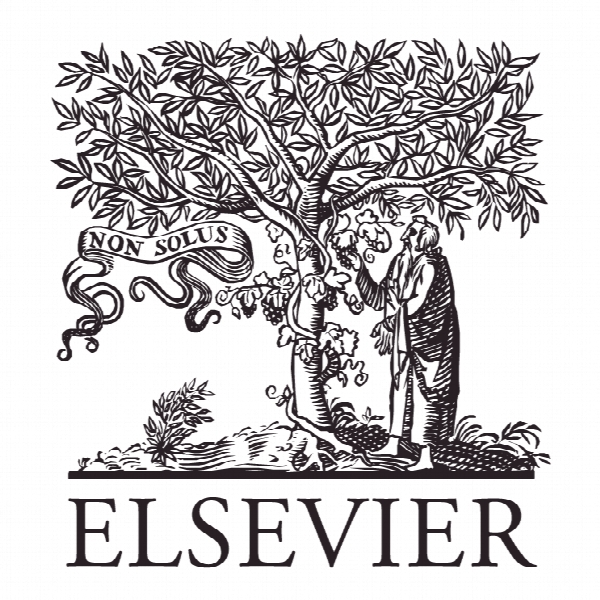درک این که چگونه ایجاد توازن بین استقلال و قدرت ممکن است منجربه تغییر سازمانی پیشرو شود Understanding how balancing autonomy and power might occur in leading organizational change
- نوع فایل : کتاب
- زبان : انگلیسی
- ناشر : Elsevier
- چاپ و سال / کشور: 2017
توضیحات
رشته های مرتبط مدیریت
مجله مدیریت اروپایی – European Management Journal
دانشگاه دانشکده اقتصاد و SNF – مرکز تحقیقات کاربردی در NHH، نروژ
نشریه نشریه الزویر
مجله مدیریت اروپایی – European Management Journal
دانشگاه دانشکده اقتصاد و SNF – مرکز تحقیقات کاربردی در NHH، نروژ
نشریه نشریه الزویر
Description
Introduction Leading change so that an organization can adapt to new demands and challenges related to efficiency, effectiveness, social image, and legitimacy involves a number of leadership skills (Burke, 2014; Burnes, 2014; Kakabadse & Kakabadse, 1999); Kotter, 2005; March & Weil, 2005; Northhouse, 2010; Schein, 2010; Yukl, 2012). The literature indicates that there is one basic underlying skill: the ability to form and use judgment that is informed by analysis and experience (March 1994). The literature also indicates that constructing and implementing good judgment from analysis and experience requires discretion (Hambrick, 2007; Kotter, 2005; March & Weil, 2005; Northhouse, 2010; Yukl, 2012). A large portion of contemporary research on organizational change envisions organizational change as the result of the intentions and actions of leaders, and a high level of discretion is assumed to enhance leaders’ impact on the outcomes. When leaders as change agents have discretion, they have freedom of choice and, in turn, the autonomy and power to influence and structure the field of possible actions in change processes. In relation to this perspective, Foucault (1982) claimed that influencing the actions of others requires not only the capacity to act freely but also the capacity to exercise power. If there is no space to act freely, then there is no way for power to influence the actions of others. Hence, leaders have to combine or balance autonomy and power in leading change.This article is concerned with discretion in terms of autonomy and power, but the focus is on what actually happens when change agents attempt to balance autonomy and power in leading organizational change. In exploring this issue, the article proceeds as follows. First, I will outline the main features of the study’s theoretical concepts. Second, the method employed in a field study will be discussed. I will then present the results from the study and elaborate on the findings to identify principles for understanding how and under what conditions balancing autonomy and power might occur in leading organizational change. This discussion is followed by a conclusion.


